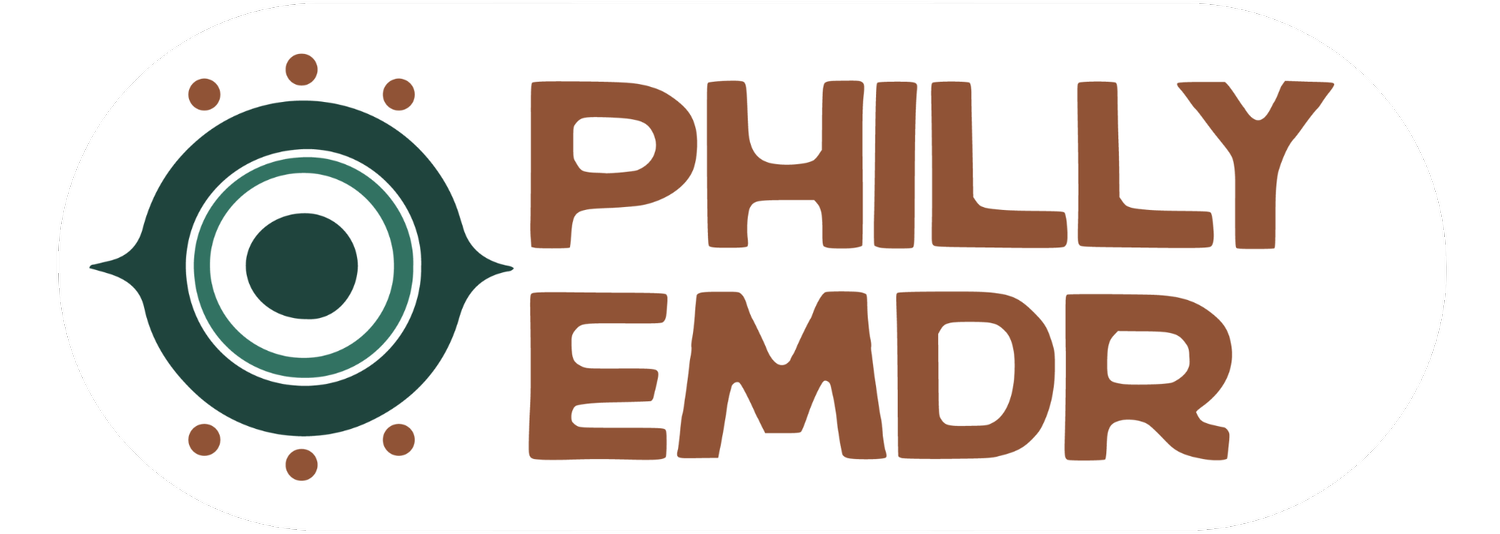EMDR Therapy
Eye Movement Desensitization and Reprocessing
EMDR therapy is safe & effective. It’s a quick therapy that helps reduce negative symptoms & neutralize the emotional impact of trauma and stress. It also increases positive beliefs about oneself to help create hope for the future.
What is EMDR Therapy?
EMDR = Organized Brain
EMDR is a short-term and goal-focused treatment.
A typical EMDR client has between 3-8 months of sessions.
EMDR provides fast, lasting relief from stress and trauma. It’s is an effective treatment for trauma and stress that’s been endorsed by the American Psychological Association, the Veteran’s Administration, and SAMSHA.
Think of your brain as a closet. When you experience stress and trauma, it’s like you have a packed, disorganized closet you’re scared to disrupt. EMDR therapy is like cleaning out the closet. You get rid of what you don’t need, and you organize what’s left in a way that makes sense. No more avoiding what’s hiding in the closet!
EMDR is made of eight phases. Each phase is designed to move you towards wellness as a collaborator with the therapist. The eight phases are used to guide you through healing of your past, present, and future - a three-pronged approach.
EMDR’s Three-Pronged Approach
-

Past Memories
Reprocessing begins by identifying memories of stress and trauma from your past, along with negative beliefs about yourself that are attached to those memories. EMDR neutralizes the impact of negative past memories and experiences.
-

Current Trigger
Current triggers are the things that are currently creating dysfunction in your life. From small annoyances to big issues that prevent you from succeeding are identified and neutralized.
-

Future Template
The future templates are how you would like to handle stress and trauma triggers in the future. EMDR can’t remove stress from your life, but future templates help you deal with stress and trauma with planned confidence, composure, and peace-of-mind.
How Does EMDR Work?
EMDR is brain-based change to help alleviate the symptoms of traumatic stress.
Therapy begins with identifying experiences related to a negative belief about yourself. Once the experiences are identified, they become the map of your treatment - in EMDR this is called a memory network.The goal of EMDR is to reduce the pain and stress of dysfunctional memory networks and help your brain make a stronger, more adaptable memory network.
Healing Memory Networks
Using Bilateral Stimulation
The way we’ll achieve this transformation is through Bilateral Stimulation (BLS). The BLS is usually back-and-forth eye movements, but BLS can also be done through sound or physical tapping. The purpose of the BLS is to intentionally induce the onboard healing and processing functions that naturally happen during REM sleep.
As you experience the BLS, you’ll have part of your attention in the present with your therapist, and part of your attention on the experience you’re reprocessing. This dual-awareness allows your brain to do the work of reprocessing the experience while keep part of your grounded in the safety of the here-and-now. For some people it’s like watching a movie or having the scenery pass by while riding a train - the experience of the past has already happened and you’re noticing it pass you by as your brain works on healing.
Maintaining Dual-Awareness
Want to learn more?
This video, courtesy of EMDR International Association (EMDRIA), gives a more in-depth understanding of EMDR and how this therapy can help you.
EMDRIA is the internationally recognized resource hub for EMDR and EMDR therapists.

